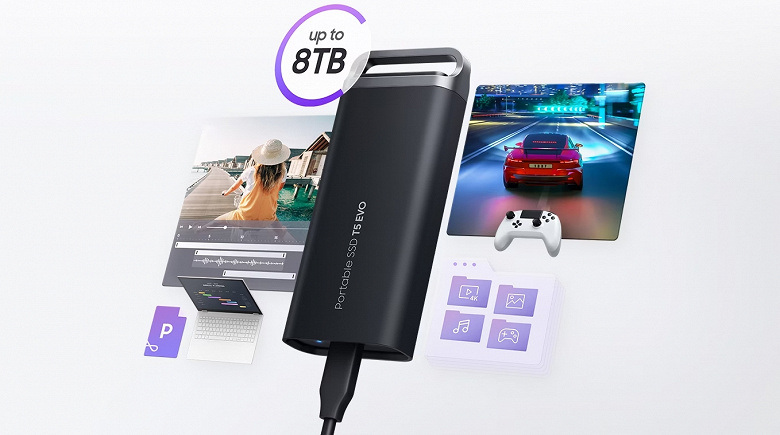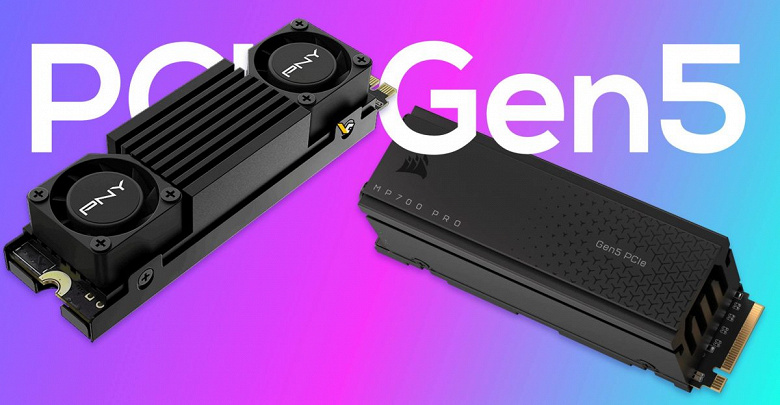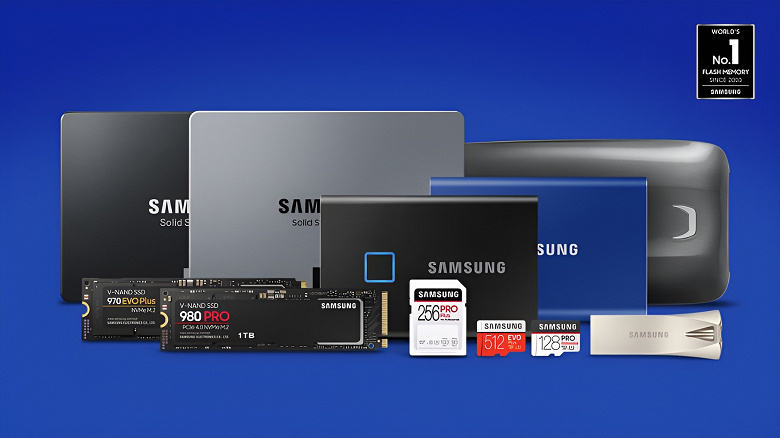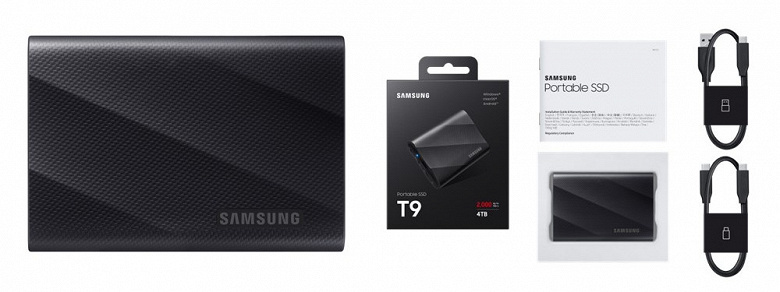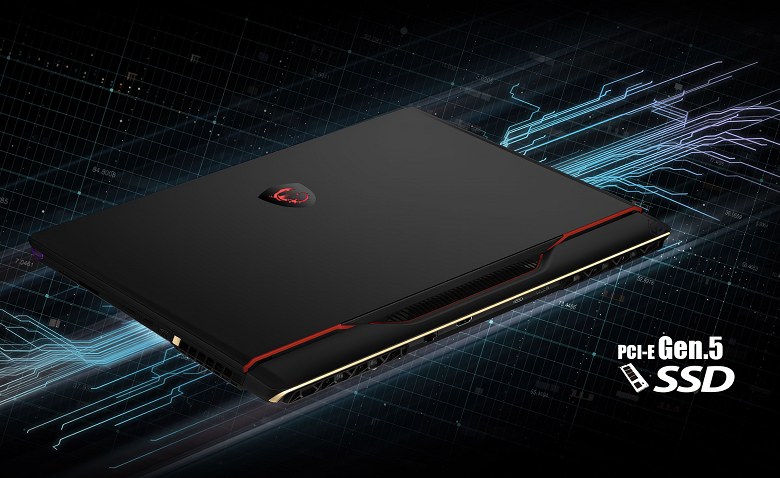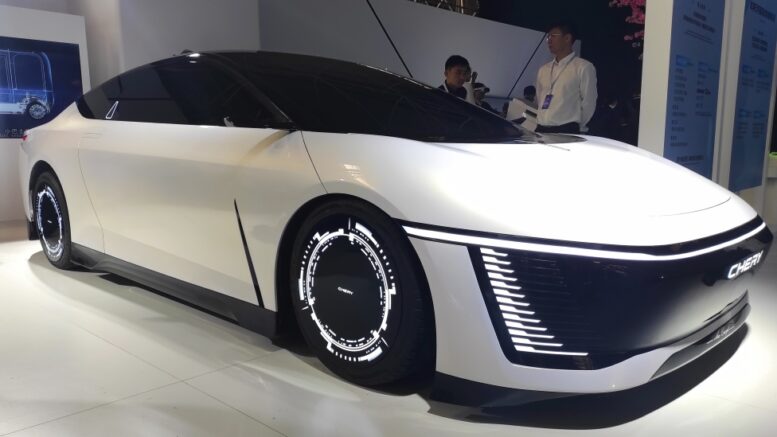This is driven by strong demand from OEMs
According to the latest research by TrendForce, demand for NAND flash continues to rise as strong laptop sales prompt PC makers to place additional orders for client SSDs. Also, NAND flash stocks have already dropped significantly due to aggressive procurement activities of some smartphone brands. Customers in the data center segment are expected to increase purchases in the second quarter, while NAND flash vendors have decided to cut platter shipments in the meantime. As a result of all these factors, the decline in contract prices for plates has slowed down over the past two months, in December last year and January this year.

Consumer SSDs will stop falling in price next quarter
According to TrendForce, the transition to memory with more than 100 layers is not going as smoothly and quickly as expected. PC makers have delayed testing and qualifications, so most of the demand is still for 92-layer and 96-layer memory. This is even more true for other segments, where even 64-layer memory is popular. Simultaneously, vendors are cutting back on memory production with fewer than 100 layers, shifting production to more layers of chips. The mass-market launch of these products, expected later this year, does not allow for long-term forecasts. As for the near-term outlook, it is expected that this quarter corporate SSDs will fall in price by 10-15%, consumer – by 5-10%; however, in the second quarter, corporate SSDs will fall in price by only 5%.

